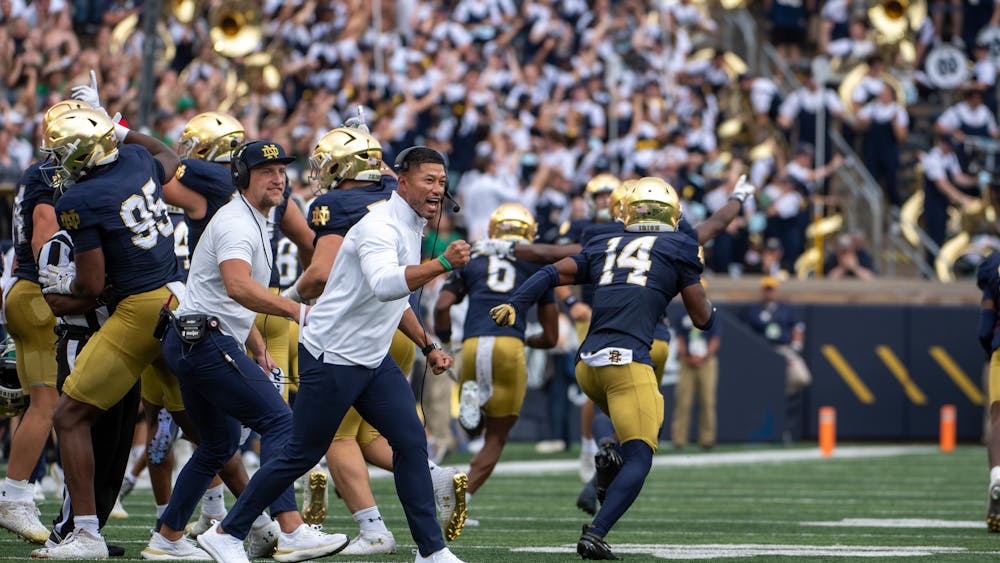Who doesn’t remember the feeling of their first love? The hot flush on your face, the funny jumps in your stomach — you would’ve done anything to spend time together, and you loved everything about them. Their voice, their smell ... their smooth white pages ... wait, maybe that was just me. Yes, my first love was reading, and what a romance it was. My parents introduced us, showing its best side with “One Fish, Two Fish, Red Fish, Blue Fish,” and later, my crush only grew. Like any good relationship, literature was always there for me when I needed support. We traveled to amazing places, and while there were times it made me cry (a certain trip we took to Terabithia), all relationships have conflicts, and we got over ours. In my mind, we were perfect together.It was no surprise when I decided to spend the rest of my life with literature, declaring PLS and English in college. We had some exciting times, but one of the peaks was my sophomore Fiction Writing seminar. It was an unbelievable experience developing and critiquing our own works, and for my second manuscript, I got personal, incorporating bits of my own life into my writing. In the end, it wasn’t perfect, but I was satisfied.However, when I finished, my protagonist was still unnamed, and here I got stuck. She wasn’t quite me — just inspired — so I couldn’t give her my name. But at the same time, I wanted a name I could relate with. This ... was a challenge. Giving her a “normal” name, like Sarah or Katie, felt wrong somehow; frankly, they felt too white. Even though I have a so-called “white” name, when I read the name “Sarah,” I just couldn’t picture someone who looked like me. On the other hand, I couldn’t give her an Asian name, either. It felt too explicit; I knew that multicultural literature was expected to make a statement, talk about racism or heritage or funny food. In other words, characters of color had to address their race in some big way — otherwise, what’s the point? My story didn’t. It was a normal story about a college girl who just happened to be Asian, like me, but somehow, when I transcribed my life, it felt unnatural. This was a story written by me about my experiences, and yet, I felt rejected by it. Years of reading about white characters had demolished my ability to see myself inside a text, and I couldn’t shake it. Despite my deep love of books, they had a type, and like the white boys I crushed on in middle school, Asian girls weren’t it.Ultimately, my character was “Rachel,” a name which evoked for me high school cheerleaders, and possibly Jennifer Aniston from “Friends.” I’ll never know what my classmates pictured in their head when they read my manuscript, but I know I defaulted to a white girl, lithe and brunette, unlike me in every way. To be honest, I don’t know quite what I’m complaining about, or what solution I would suggest. I’ve not even sure if there is a solution. But I do hope that here, if nowhere else, I can share my authentic story, the way that I couldn’t bring myself to do before.
The Diversity Council of Notre Dame advocates for awareness, understanding, and acceptance on issues of race, gender, sexual orientation, socioeconomic status, and other intersectional identities in the Notre Dame community. The viewpoints expressed in this article do not necessarily reflect the opinion of the Diversity Council, but are the individual opinions of the author. You can contact Diversity Council at diversnd@nd.edu









